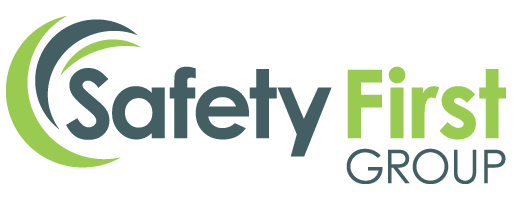There are many dangers in the workplace that cannot be seen. And noise at work is one of those. Alongside airborne contaminants like extreme hot and cold temperatures and toxic gases, noise at work is a hidden danger.
Noise at work can cause long term health problems for some employees. For example, tinnitus is one of the most common health concerns reported by employees next to hearing loss. Moreover, suffering with problems relating to hearing can have a huge impact on employees. Therefore early detection and prevention is key.
In this news article we are going to look at how widespread the problem of noise at work can be. Additionally we will examine how to help workers before acute hearing problems become long term health conditions.
Minimising the dangers of noise at work
Prevention is key
The HSE reports that around 170,000 people in the UK suffer from tinnitus, deafness or other serious hearing problems as a result of exposure to noise at work.
As employers, it is imperative that all bases are covered when it comes to preventing harm to workers. Starting with workplace noise assessments can be extremely beneficial in identifying where noise dangers exist.
It could also be helpful to learn more about how your employees view hearing protection, and the role that they play in minimising dangers to themselves. After all, you can implement all the safety policies available to you, but if workers don’t prioritise their own safety you could end up with a bigger battle on your hands!
The impact of hearing loss
We should first talk about why it is so important for noise at work to be addressed. Moreover, are we sure that employees are aware of the dangers that excessive noise can cause when it comes to their own hearing health?
Training on noise as a hazard should be given as standard in high-risk industries such as manufacturing. And that’s because the whole environment of a manufacturing plant can be noisy due to large industrial machinery and loud tannoy systems. The problem with not safeguarding employees against noise, is that other dangers then crop up that need to be addressed. This could be the danger of not hearing safety warnings, missing notifications from machinery and more. We rely on our hearing so much that we definitely shouldn’t take it for granted.
Hearing protection
There are many ways a worker can protect themselves from noise at work. After following health and safety measures to minimise risk of noise, hearing protection is one of the main sources of protection. Similarly, workers may already have hearing problems that they should have disclosed to you. In these cases extra protection and health surveillance will be key in preventing further harm.
Having suitable hearing protection in the form of noise cancelling headphones, and ear defenders are brilliant ways to provide that extra layer of protection. And, workers who are exposed to noise as part of their job will need to be provided with ear defenders as standard.
Workplace noise exposure has been linked to many long term health problems such as hearing loss. Therefore, helping to protect workers will help prevent existing problems from worsening, or new hearing problems surfacing.
Workplace noise assessments
Since businesses have a legal responsibility to protect workers from risk of harm, noise assessments are a must when noise at work is a problem.
Furthermore, If problems relating to noise aren’t dealt with adequately, your business could be at risk of a visit from the HSE. Avoiding fines and protecting your reputation goes hand in hand with safeguarding your workforce. So, investing in workplace noise assessments can really make the difference.
Noise levels
As part of the Control of Noise At Work Regulations (2005), the HSE expects you to adhere to specific noise levels. Moreover, taking action when noise levels reach specified values is imperative in demonstrating your compliance. Taking in to account the levels of exposure over a working day, and the maximum noise (known as peak sound pressure), that employees are exposed to during the working day, the HSE sets out the following values:
- lower exposure action values:
- daily or weekly exposure of 80 dB(A)
- peak sound pressure of 135 dB(C)
- upper exposure action values:
- daily or weekly exposure of 85 dB(A)
- peak sound pressure of 137 dB(C
Workplace noise assessments can help you identify where these noises exist, and what you can do to safeguard your employees.
Ready to get started?
Contact our friendly team of experts to find out more about workplace noise assessments or any of our other services. You can reach us on 0845 004 2133 or enquiries@safetyfirstgroup.co.uk.
